Remote gravel trails and majestic mountains
Register for free to unlock access to many of the maps and gpx files.








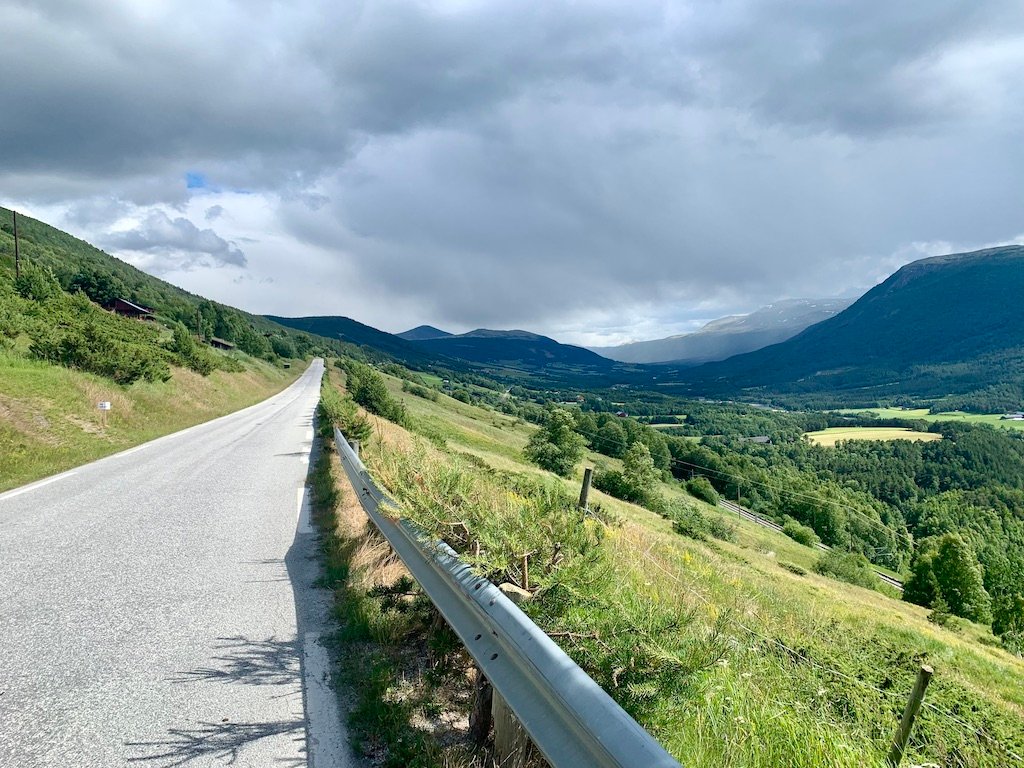



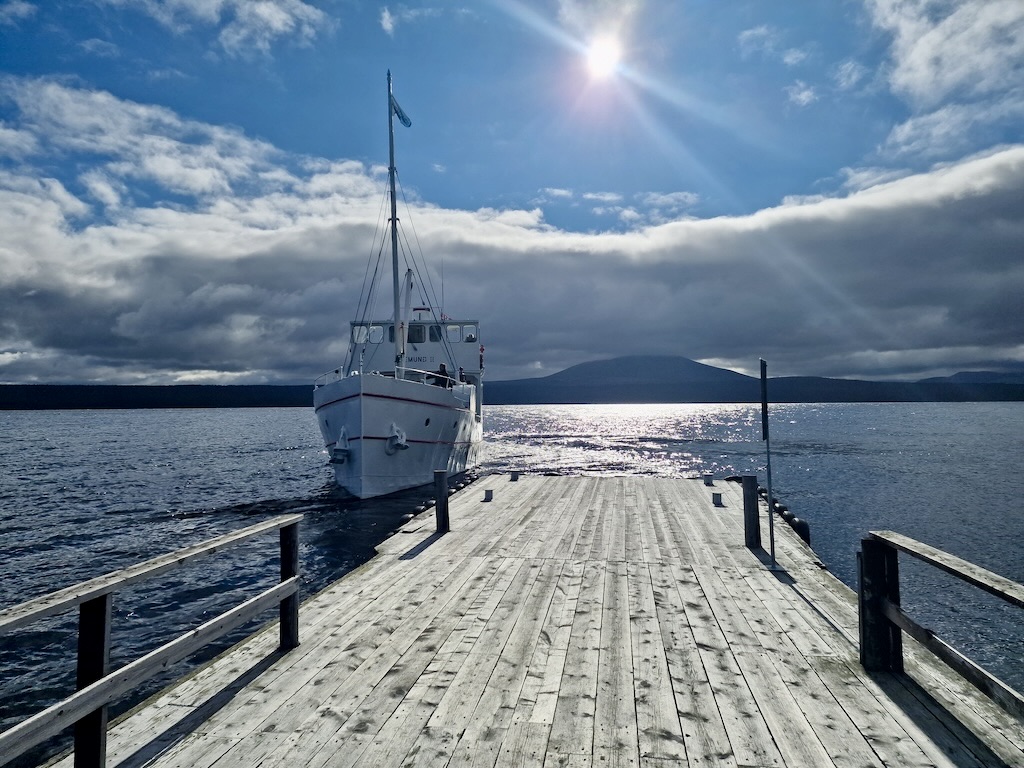

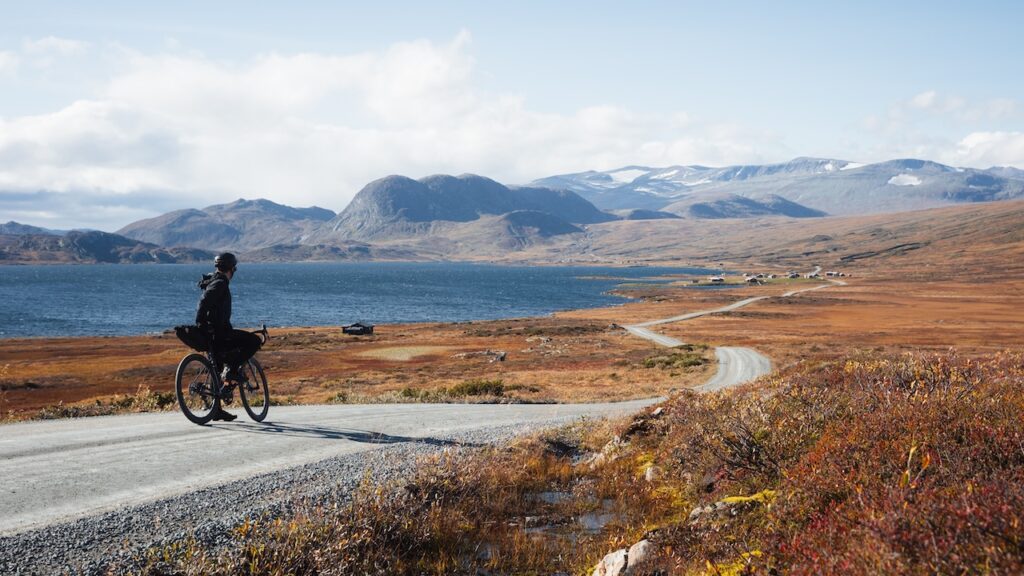



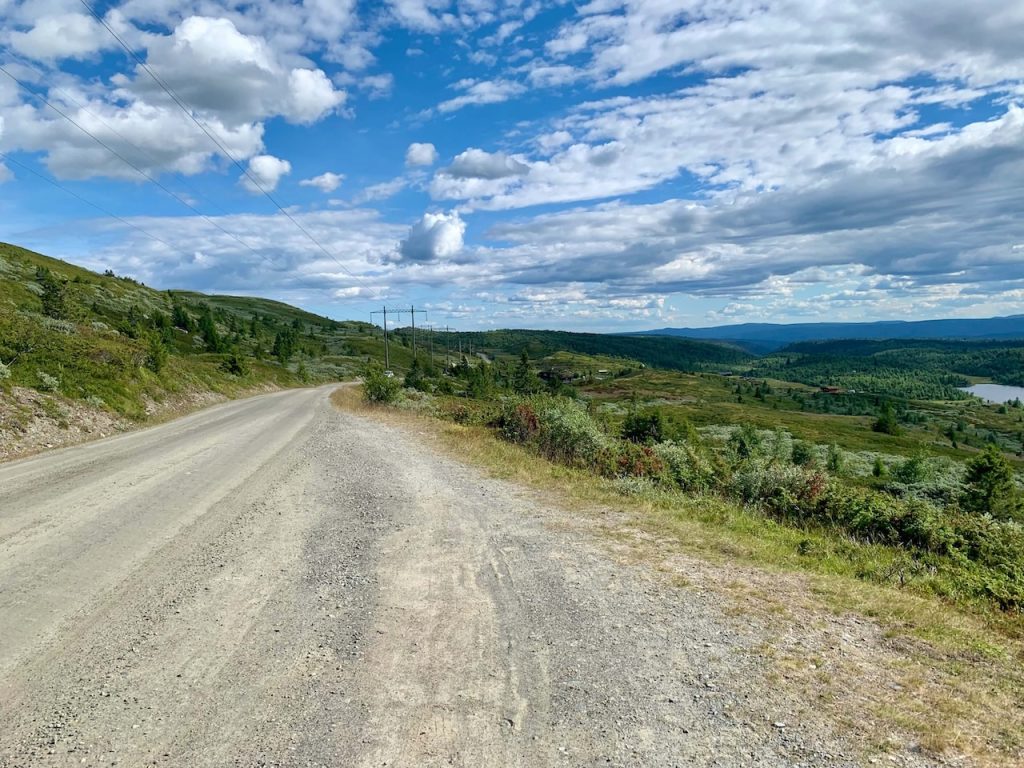

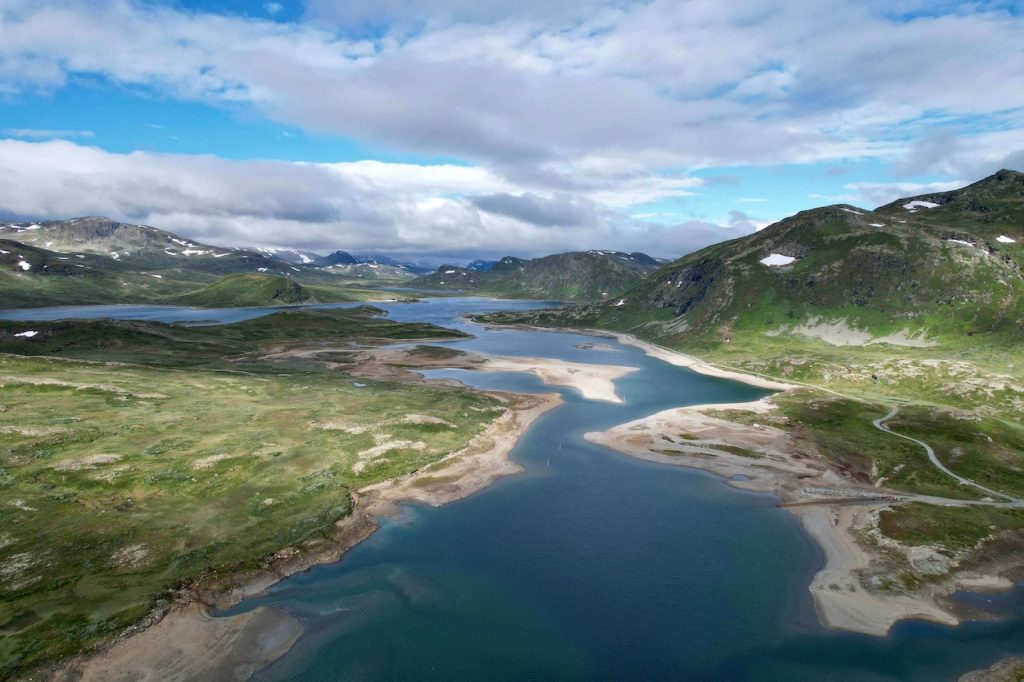



Forget about touristy roads, endless tunnels, and ferry wait times—those are all part of the West Coast scene. Head east, and you’ll find a whole different vibe. Most bikepackers stick to the fjord region, leaving the east largely unexplored. But if you’re up for ditching the Instagram-worthy shots and tuning into the true essence of biking, this is where it’s at in Norway.
It’s all about the thrill of adventure here. Picture yourself cruising along remote gravel roads, surrounded by the rugged eastern mountain terrain. Sure, the views might not be as jaw-dropping as the fjords, but who needs ’em? You’re out here on your own, with nothing but a beautiful gravel path stretching out before you. Isn’t that what cycling’s all about?
If you crave solitude, challenge, and the raw, wild, unforgiving beauty of nature, the East is where you want to be.

Down in the southern lowland areas, you’ll find a climate that’s generally more settled and warmer during the summer months. While there’s always a chance of rain and cooler temps, it’s usually pretty favorable for cycling overall.
But once you head further north into the highlands, things take a turn. Large swathes of this inland region sit over 600 meters above sea level, making this area notorious for being the coldest in all of Norway—yes, even chillier than the far North! Just how cold? Well, in the Rorøs region, they once clocked in at a bone-chilling -51.4°C one winter! So, don’t be surprised if evenings and mornings in the summer feel chilly. And keep an eye out for rapid weather changes on those unpredictable days. It’s not uncommon to encounter sudden downpours, and you can expect to pedal through both sunshine and showers all in one day.
Getting around the region is reasonably easy with its extensive train and bus networks. If you’re travelling between Oslo and Trondheim, you’ve got two rail options. One track shadows the main E6 road, passing through Lillehammer and Dombås, while the other veers east, cutting through more remote territories to Røros.
The local buses crisscross between all the major towns, making it pretty straightforward to hop on to the start of a route or head back home. The only hiccup? Those routes toward the Swedish border. It’s best to be self-sufficient there, as escape options are few and far between.
Not many folks from abroad venture past the famous spots like Gudbrandsdalen and Jotunheim national park. This area’s a real slice of traditional Norway, where you might find tourist signs only in Norwegian and some places could use a bit of sprucing up.
But hey, that’s all part of the charm, right? It’s a refreshing change from the overly polished towns down south or the super touristy West Coast. Who cares if the curtains are a tad outdated? This is the real deal, Norway, off the beaten path. And you can bet everything here, including the people, is as genuine as it gets.
The must-visit place is the world heritage town of Rorøs. It’s an old mining town located close to the Swedish border. There are so many great gravel routes in the area, and last time I cycled there I saw more moose than people!






Heading to Trondheim? Add a few extra days to your journey and hit some of Trøndelag’s great roads.
This area was practically made for gravel bikes. Slap on some 40mm tires, go tubeless, and make sure you’ve got enough gears to tackle all those ups and downs. If you’re on the hunt for the ultimate gravel bike to conquer everything Norway has to offer, look no further than this Nordic beauty.

For serious exploration in this area, prioritise a light and streamlined approach. While panniers are an option, a bikepacking setup is better for covering long distances.
When it comes to choosing bags, stick to the essentials: a top-tube bag, frame bag, rear saddle bag, and handlebar bag. If you need extra bags Restrap offers a variety of options to expand your storage capacity. Explore their range here!

Cycle Norway is dedicated to making Norway, safer and more enjoyable to experience by bike and to inspire and inform a growing audience of the opportunities available.